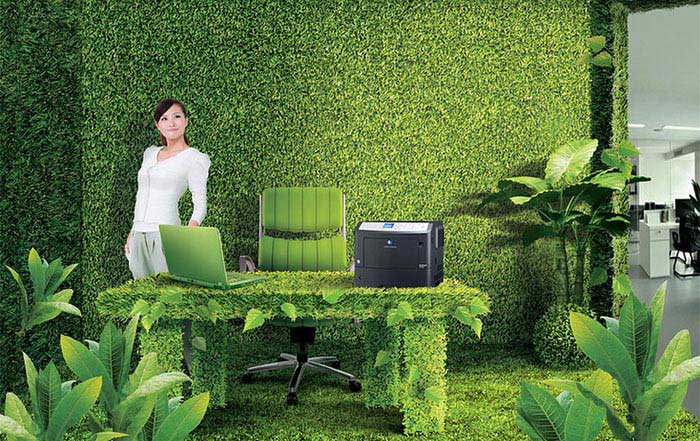Coming to the office before sunrise and leaving after sunset can cause deprivation for extroverts. Using a lightbox and adding a plant in the office might be the missing connection- use the wonders of nature to improve job satisfaction and productivity. The plants have several merits in the office setting; they eliminate pollution in the atmosphere, increase humidity, and add a style in the workplace. There are many ndoor plants that you can introduce in the office. Here are common types of indoor plants that are generally suitable for any environment.
Sansevieria, also known as snake plants, are almost indestructible since they can survive in any part of the world. They thrive in a dark or well-lit place. Most of all, they can cope with different temperatures such as draughty, cool, or warm temperatures. Overwatering is one common thing that these plants dislike. They are usually stocked three in a single botanical pot. They are best suited for various environments since they convert carbon dioxide to oxygen during the night; this quality makes them suitable for bedrooms. According to their species, they grow really long; this is always the case, provided there's plenty of space to grow upwards.
Aloe Vera is another great indoor plant- it's planted in a concrete or ceramic pot and may be placed in the middle of the meeting table or on a receptionist's desk. It can withstand various office environments where there is a low level of light and draught. These fresh green plants must not be watered regularly- this is how to make them look more beautiful. The famous gel -extracted from the plant- has been used for treating various skin conditions over the years.
Tillandsias are air plants that don't require soil to grow or develop. They are plants that can be placed anywhere, like in shells, teacups, or other containers. The Tillandsias' genus comprises hundreds of species in the bromeliad family with rosy, green, or silver sharp foliage. Essentially, they are air plants that do not need much light; if it's introduced, the plant is likely to develop a flower spike. The plants require a lot of moisture; thus, it's important to water them frequently.
Ficus Benjamina is commonly known as the weeping fig; it is an adaptable plant that perceives beauty as a stand-alone display- just like in the office. The plant grows in uninhabited tropical forests of Southeast Asia, Northern Australia, and India. Most of these plants develop from seeds that fall from the branches of other trees- they do this by growing roots to reach the ground. It first surrounds the host trunk, after which it fuses with the tree. You need to keep it in a place where draft is not an issue; cold drafts from doors and windows may be harmful.
Zamioculcas Zamiifolia is mainly abbreviated as the ZZ plant. Admittedly, it may be challenging to pronounce the plant's scientific name. Interestingly, you do not have to water the plant regularly because the plant has fat roots which store massive amounts of water. It's a favourite plant for the so-called- ";guilty plant killers"; since it can tolerate long periods of low lights. This also makes it a good candidate for the desk plant since during the winter season; it's often dark.
Peace lily and spathiphyllum are internal plants with broad green leaves and beautiful white flowers at the centre. Many people like them because they don't require much water or light. They are also known for removing toxins, cleaning the air, and creating a pleasant working environment. They are very much adaptive to any climate or temperature change. They are able to endure vigorous growth and low light conditions.
Dracaenas Cinta or Marginata is the most rigid plant that can eliminate pollution in the air. These plants are straightforward to take care of- making them more attractive for the office setting. They can survive drought-like conditions since their roots and leaves can store massive water for extended periods. They have colourful leaves that make them look gorgeous when placed on a desk. It's an ideal plant for darker places.
Philodendrons have been the most common indoor plants since their discovery during the late 1800s. They are artificial plants with big, lush, and deep green leaves and a glossy coating maintained in the shade. They prefer low humidity and temperatures between 65 to 68°F; this makes them suitable for the ideal office. The plants require regular moisture to keep their beautiful look. Also, use a self-watering pot; it can be of great importance since it doesn't require a caregiver.

